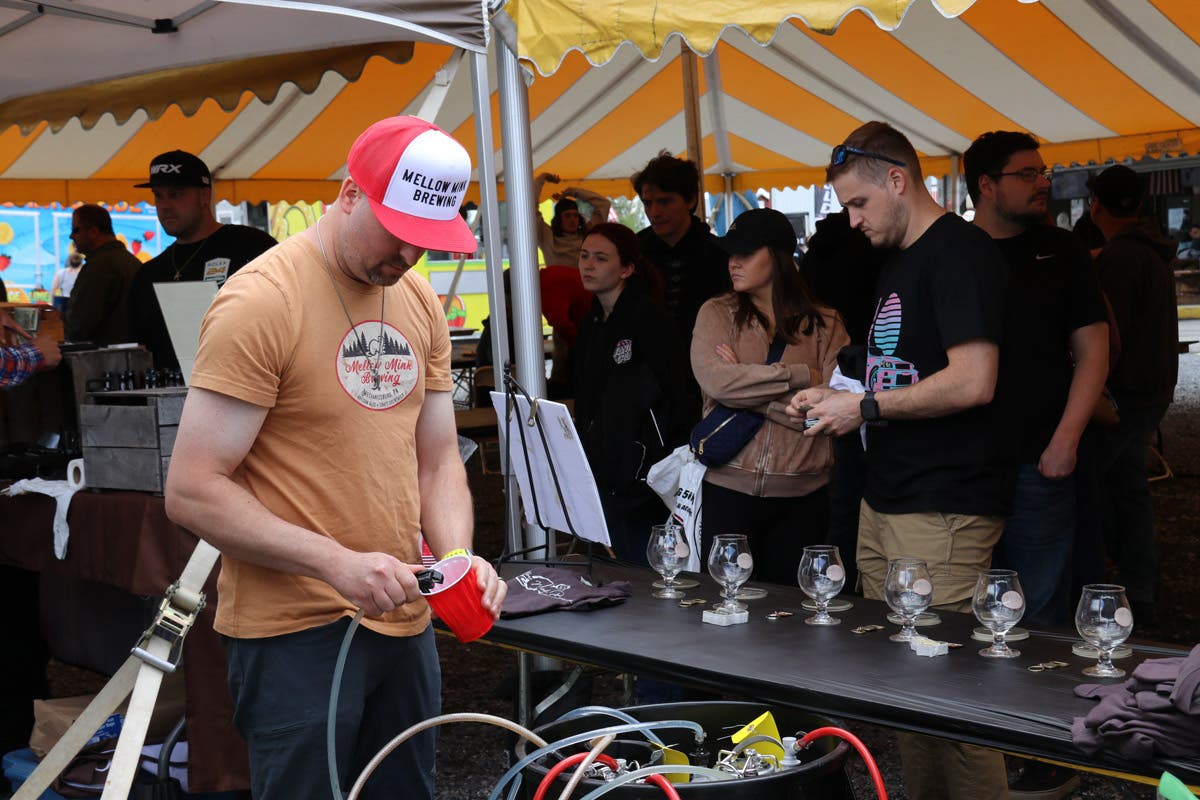Club Clips: August 15, 2019 Edition
’Vette buyer shares ins and outs of finding his ’65 What might a car collector expect to see when he or she “kicks tires” on a sports car? If the…
’Vette buyer shares ins and outs of finding his ’65
What might a car collector expect to see when he or she “kicks tires” on a sports car?
If the car has been stored for a long time, buyer beware! That is the message in “My Latest Buy – Finding My 1965 Coupe,” an article written by Bob Cirilli and appearing in the spring 2019 newsletter of the Tri-State Chapter of the National Corvette Restorers Society.
After a three-month wait, Cirilli finally made it to the spot where several Corvettes were stored, all in various stages of condition. “I was led back to a plastic cover. As it was pulled off, I saw a ’65 Corvette,” Cirilli reported. Loaded with extras? Not quite. But it was “loaded with dirt inside and out.”
Still, Cirilli liked that model. As he inspected further, it was evident the brake pedal went to the floor and the brakes had to be replaced top and bottom, and “the radiator was shot.”’ Despite these factors, the car started, ran great and there were no serious leaks evident. Underneath, the car looked like you would expect for a 54 year old. There were little issues with a switch and other factors that Cirilli would have to address.
If you are new to the old car hobby, you might not realize that some makes and models are judged stringently. The topic of Corvette originality was explored later in that issue, as editor Jim Patitucci explained the very fine points of the Corvette valve cover engine suffix code label. Used in late 1966 and later, the tag “was intended for plant personnel to quickly identify the engine to be pulled” from Chevrolet’s engine inventory which, back then, was at the St. Louis plant. Those labels were not intended to last much longer than that, but more than a few still survive. This application appears to be the natal stage of “broadcast codes” which trailed parts and matched them with the necessary others. Eventually, tracing and matching codes became a mainstay of automobile assembly plants. It is an interesting bit of history how those paper labels were successors of crayon markings, which are even rarer as survivors.
Condition, originality, completeness and function are factors when buying an old car, but above all, the buyer should really like what’s there and, like Cirilli, see the strengths that remain to be enhanced.
Tri-State Chapter
National Corvette Restorers Society
P.O. Box 92
McClellandtown, PA 15458








